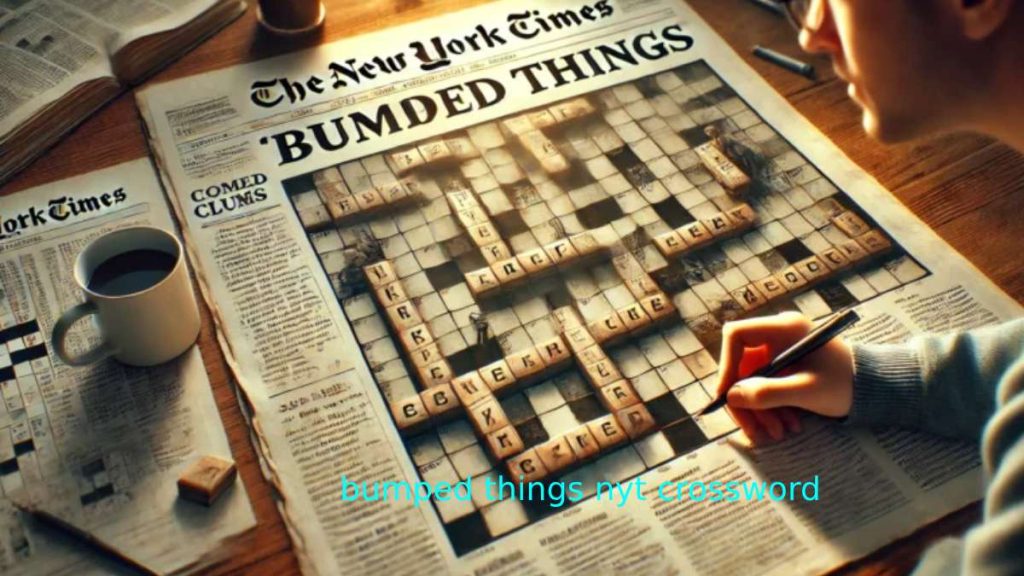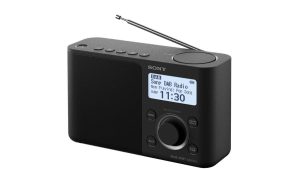Introduction:
One of the world’s most well-liked and respected puzzles is the New York Times Crossword. With clever wordplay, cryptic clues, and hidden meanings every day, it challenges solvers. “Bumped things” was one recent clue that caught people’s attention. It may appear vague or confusing at first, but like many NYT crossword clues, it conceals a straightforward and intriguing solution behind clever wording. What the clue Bumped things Nyt Crossword might mean, how to approach it, and why solving crosswords can be so satisfying are the topics of this article.
What is meant by Bumped Things?
If you take the phrase “bumped things” too literally, it might sound strange. However, in the world of crosswords, clues are frequently metaphorical or indirect. Items that you might physically bump into or objects that bump into each other are both examples of “bumped things.” It could also be interpreted socially or emotionally, as a relationship or plan going awry.
But in the NYT crossword, such clues often lead to shorter, more playful answers. Ears, as in “bumping elbows” with someone, is one way to respond to “bumped things,” which is a common way to greet or interact, especially when handshakes are avoided.
Why the NYT Crossword uses Tricky Clues?
The originality of the New York Times Crossword is well-known. The clues, such as “bumped things,” are meant to divert your attention. The crossword frequently makes use of puns, idioms, or cultural references rather than providing a straightforward definition. As a result, the process of solving becomes more like a game or a riddle.
For example:
The phrase “bumped things” might bring to mind collisions or accidents. But if you think about greetings, sports, or human interaction, “elbows” becomes a strong contender.
This is what makes solving crosswords fun and difficult. It’s not just about knowing words; it’s also about having a deep understanding of language.
Tips For Solving Clues like “Bumped Things”:
Here are the helpful tips to solve the clues like “Bumped Things”:
1. Think of Synonyms and Idioms:
First, you have to think about the synonyms and related idioms of the given crossword clue. In case of “Bumped,” think about “bumped off and bumped up. While for “things,” you have to find what could be the replacement word in real-life situations.
2. Check the Puzzle’s Theme:
Numerous NYT puzzles have a common theme that connects several clues. If “bumped things” appear in a themed puzzle, the answer might relate to that theme.
3. Use the Crossword Grid to Your Advantage:
Often, a few crossing letters can help you guess the full word. Placing a few likely letters can help the rest fall into place, even if you are unsure of the complete response.
4. Be Prepared to Take Breaks:
Occasionally, the finest way to work out a difficult clue is to hike outside for a bit. When you’re thinking about something else, your brain might make the connection later.
Why People Love the NYT Crossword
The crossword is more than just a game; it’s also a mental challenge. Many people enjoy the satisfaction of solving a tricky clue, especially one like “bumped things,” which rewards creative thinking. Furthermore, it brings people together. Online, friends, family, and even strangers enjoy discussing possibilities, comparing clues and solutions, and exchanging that “aha!” moment when the response finally makes sense. Moreover, solving the crossword regularly can help improve vocabulary, sharpen memory, and boost cognitive skills.
Conclusion:
The New York Times Crossword’s clever puzzle, Bumped Things Nyt Crossword, is a great illustration of how everyday language is turned into clever puzzles. The response, which may be “elbows,” exemplifies how a common expression can be hidden from view and just waiting to be discovered with the right mindset. So next time you see a clue that confuses you, don’t get frustrated. Take a step back, consider alternate meanings, examine crossroads clues, and most importantly, take pleasure in the journey. Because every obstacle in the world of crosswords leads to learning, laughter, and the joy of solving.


